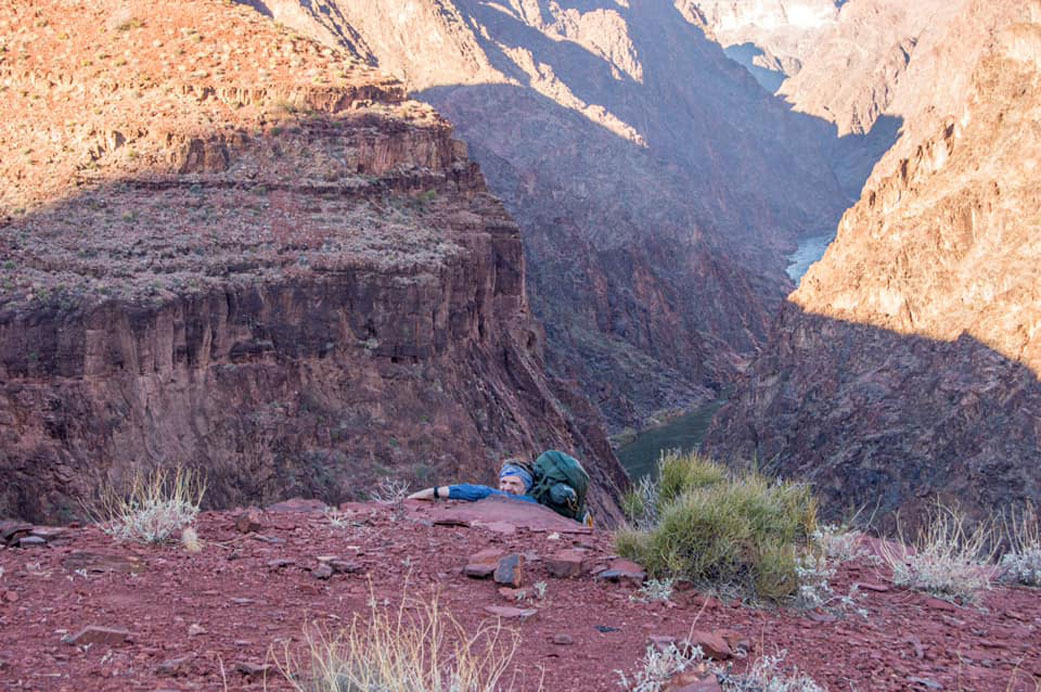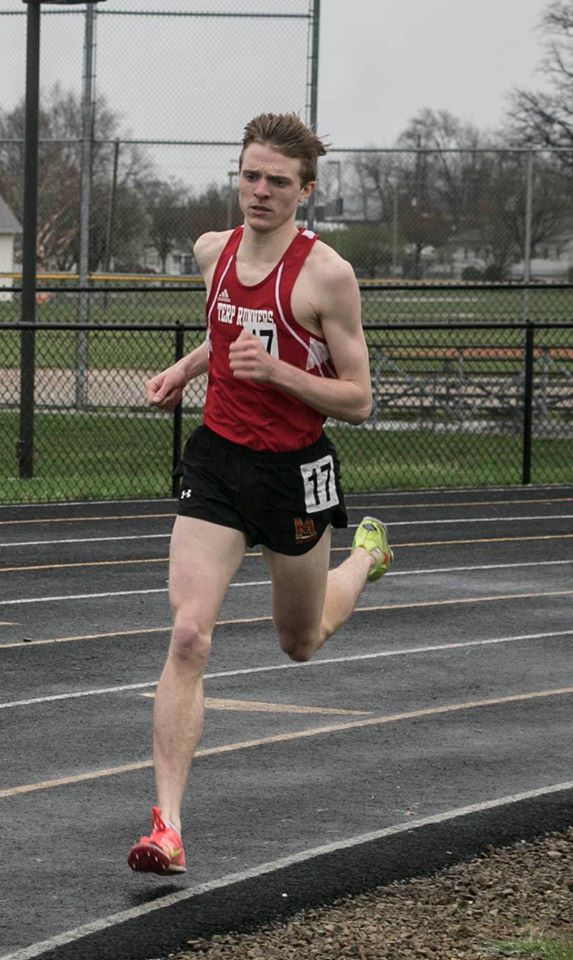Name: Ethan Burbridge
Title: Junior Thermal Engineer
Organization: Code 545, Thermal Engineering Branch, Engineering and Technology Directorate
What do you do and what is most interesting about your role here at Goddard? How do you help support Goddard’s mission?
As a thermal engineer, I am responsible for the thermal control subsystem on spacecraft, part of which includes thermal blankets, heaters, and temperature sensors. Generally, everything relating to the control of heat and temperature. I am working on three different missions: Tracking and Data Relay Satellite (TDRS), Lunar Environment Monitoring Station (LEMS), and Robotic Refueling Mission 3 Xenon Transfer Service Task Board (RRM3 XTS TB).
Although I have only been at Goddard for a little over the year, I am grateful to have the opportunity to work on such exciting and cutting edge projects.
What is your educational background?
I grew up north of Baltimore, Maryland. I went to the University of Maryland, College Park, initially double majoring in mechanical engineering and architecture for my first two years before deciding to get a degree in mechanical engineering. I plan to get a master’s in mechanical or aerospace engineering, both of which encompass thermal engineering.
What made you chose engineering over architecture?
I picked engineering because double majoring in both was nearly impossible in four years and I thought there were more opportunities in engineering. I’d like to use my architecture background one day to renovate a home.
What makes working at Goddard unique?
I get to spend most of my time working on real missions. TDRS is already flying. LEMS and RRM3 XTS TB are in development.
What I find most exciting about working here is that the topics are really cool and also everyone I work with is really good at what they do. Plus, there is an incredible sense of collaboration here, not competition. Everyone pitches in together.
What surprised you about working here?
What blew me away right off the bat is that people listened to my ideas and took me seriously. I expected to come out of school and sit at a desk for a couple of years doing assigned tasks. I think Goddard is unique because people consider my ideas. I have pitched one good idea in 20, maybe, but people took the time to listen to everything I had to say and reason out and explain whether or not my idea would work.
What is the advantage of being, as you described, “a small fish in a big pond”?
There is something to be said about being a small fish in a big pond. I have access to knowledge and expertise that I really could not find anywhere else. Whenever I have a question, I can find the preeminent expert in that area at Goddard or NASA overall and ask for help. Working on projects gives me an excuse to talk to subject matter experts that I would not have the opportunity to talk to otherwise. It gives me quite a bit of confidence.
This collaborative environment moves projects ahead at a pretty good pace. Everyone will always give you a few minutes of his or her time. Everyone wants the projects to succeed.
What would tell somebody just starting a career at Goddard?
Get involved. Your experience here will be more pleasant if you know people. Find some clubs and sports to do here as well. I am a member of the running club and often practice with them.
Everyone is working on something exciting. It is important to build personal relationships. You can discover opportunities by chatting with people.
Is there something surprising about you that people do not generally know?
I enjoy running. I want to qualify for the Boston Marathon in April 2021. In order to qualify, I need to run another marathon, 26.2 miles, in under 2 hours and 55 minutes by September 2020. I have been close in the past but my current training should put me under the time. I am building up to running 50 to 60 miles a week. Running shoes last about 300 to 500 miles, or about 10 weeks, at that training load.
I continue to run partially because I have built my social circle around running over the past 10 years. Also, it gives me a chance to reset. Training may hurt and it may be hard, but it does give a runner’s high afterwards. It gives presence of mind and a quick return on goals in the form of race times.
Also, I like to backpack in the backcountry which involves going out into the woods for a couple of days, sleeping in a tent every night. I have backpacked in the Shenandoah, Zion National Park, Sequoia National Forest and King’s Canyon, the Delaware Water Gap, and the Smoky Mountains.
I got back from a trip in the Grand Canyon in January. It is insane terrain. Poets are better than me in describing it. I saw the Grand Canyon in person and I still cannot quite comprehend it. It’s too big. And it is beautiful, gorgeous!
Like running, backpacking gives me a nice rhythm and breaks up my normal schedule. When backpacking, I don’t think of anything else; it clears my mind. I hike all day, set up camp, eat and go to sleep.
What are your goals?
For work, I want to keep learning and building my technical skill set as much as possible. Outside of work, I have some running times I want to hit. I would also like to backpack again in King’s Canyon, the deepest canyon in the country.
By Elizabeth M. Jarrell
NASA Goddard Space Flight Center



























